Topics

Company
Cadmus Takes First Place in APUC Framework Agreement
We're excited to announce that we have been awarded the first place in APUC’s Framework Agreement. As a result, higher education institutions across the UK can now procure Cadmus through the University of London (CoSector), streamlining the procurement route.
Nov 2025

AI
Leadership
Student Success
Teaching & Learning
The future of assessment in a shifting higher education landscape: Lessons from the Teaching & Learning Forum
Discover how universities across Australia are reimagining assessment to foster integrity, authenticity, and student success in an AI-driven world.
Cadmus
Oct 2025

Company
Cadmus secures backing to safeguard university learning in the age of AI
Cadmus has secured backing from SEEK Investments and Glitch Capital. With this investment, we’ll continue to advance assessments that safeguard academic integrity, empower educators, and enable meaningful learning for students everywhere.
Cadmus
Sep 2025

AI
Teaching & Learning
Reimagining assessment in the age of generative AI—The strategic role of Cadmus
Cadmus positions AI as a tool to enhance—rather than erode—intellectual growth. Building on its expertise in written assessment, the platform is expanding into new formats while developing AI-enabled workflows that uphold integrity, empower educators, and keep learning at the heart of assessment.
Brigitte Elliott, Co-CEO, Cadmus
Aug 2025

AI
Leadership
Student Success
From AI prohibition to integration—or why universities must pick up the pace
Discover how Coventry University and Imperial College are leading the shift from prohibiting to integrating AI in teaching and assessment, preparing students for an AI-driven future.
Mary Curnock Cook CBS, Chair of the Emerge/Jisc HE Edtech Advisory Board, and Bess Brennan, Chief Marketing Officer, Cadmus
Jul 2025

Exam Alternatives
Academic Integrity
Company
Student Success
Generative AI in education: Navigating risks, opportunities, and the future of learning
Cadmus was thrilled to attend the Universities Australia Conference to discuss Generative AI Frameworks and Solutions in Higher Education with sector leaders from top universities
Bess Brennan, Chief Marketing Officer, Cadmus
Feb 2025

AI
Leadership
Student Success
AI for everyone—but not everything
See how universities are crafting clear, co‑created generative AI policies—embracing AI as a legitimate learning tool while ensuring responsible use, academic integrity, and equity in higher education.
Mary Curnock Cook CBS, Chair of the Emerge/Jisc HE Edtech Advisory Board, and Bess Brennan, Chief Marketing Officer, Cadmus
Feb 2025

Teaching & Learning
How can teachers support students through exams?
The challenges of hybrid learning continue to be felt this upcoming exam period. Here are some tips for educators as they support students through new exam formats, platforms, and processes.
Cadmus
Jan 2025

Exam Alternatives
Leadership
Company
How the University of Melbourne moved to digital in-place exams at scale
Using Cadmus, the University of Melbourne has scaled up secure, on-campus digital assessments running tens of thousands of sittings per term to enhance academic integrity, streamline marking workload, and support student success.
Bess Brennan, Chief Marketing Office, Cadmus
Oct 2024
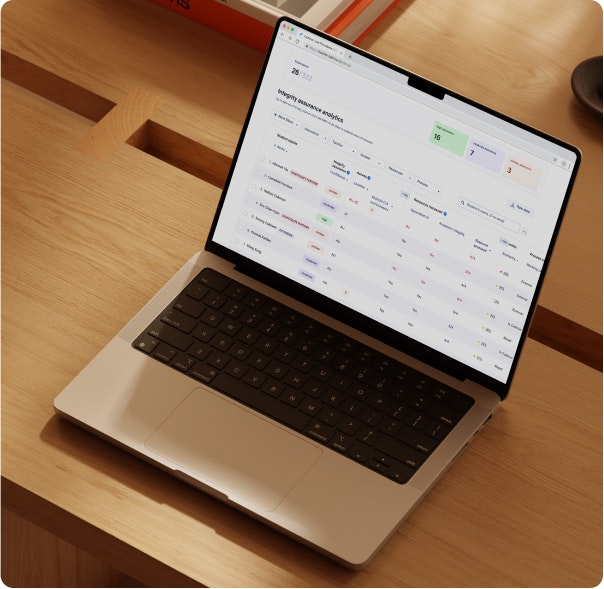
AI
Student Success
Leadership
Using AI to think with students, not for them
Amid growing AI adoption in higher education, forward-thinking institutions are reimagining assessment design to help students use AI as a tool for deeper thinking rather than a shortcut to answers.
Mary Curnock Cook CBS, Chair of the Emerge/Jisc HE Edtech Advisory Board, and Bess Brennan, Chief Marketing Officer, Cadmus
Jun 2024
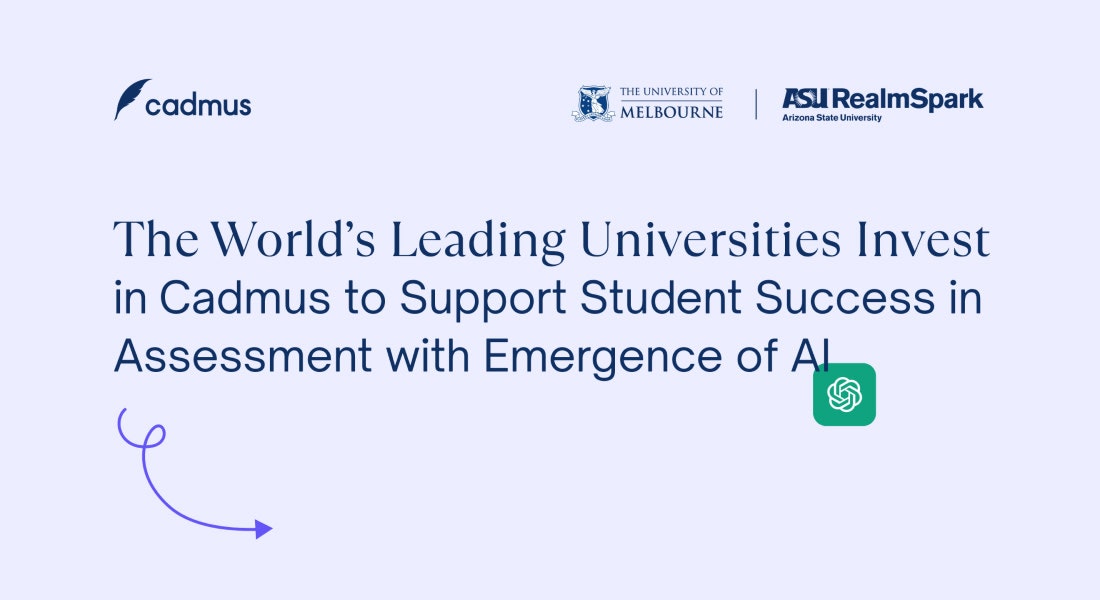
The world’s leading universities invest in Cadmus to support student success in assessment with emergence of AI
Cadmus is pleased to announce the finalisation of our latest investment round of $2M, supported by leading higher education investors.
Bess Brennan, Chief Marketing Officer, Cadmus
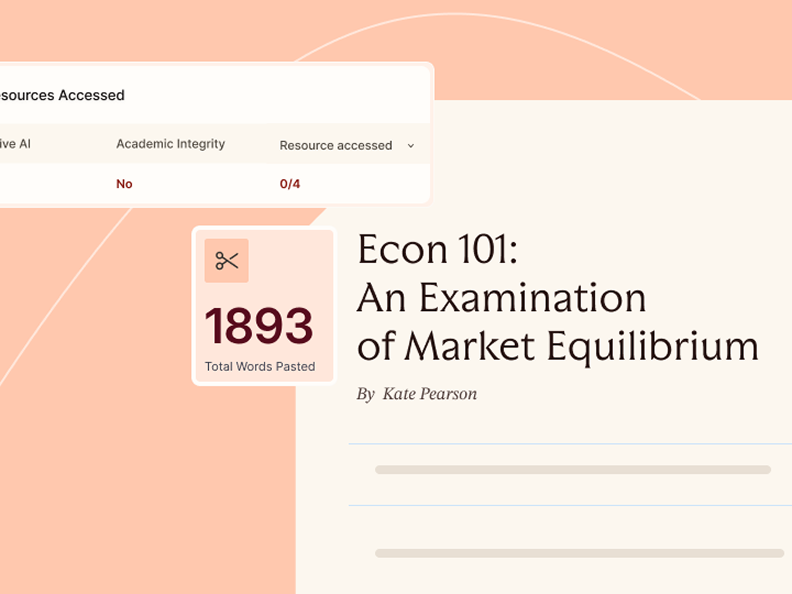
Product
Student Success
Academic Integrity
Company
Cadmus’s established AI detection capabilities combat ChatGPT
As the higher education sector implements solutions that mitigate students’ use of AI such as ChatGPT, Cadmus continues to support universities with long-established academic integrity capabilities.
Bess Brennan, Chief Marketing Officer, Cadmus
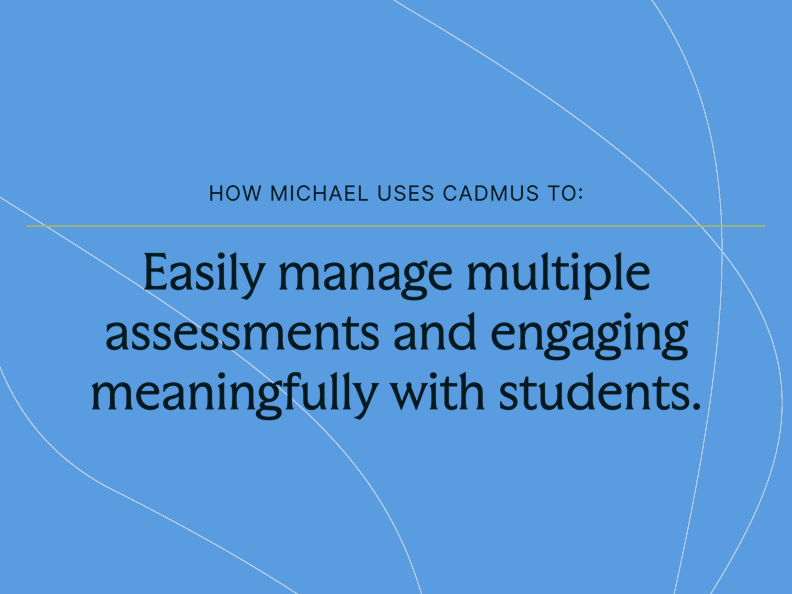
Product
Student Success
How Michael uses Cadmus for authentic connection with his students
If you're looking to introduce your students to Cadmus, it's important to share the benefits of the platform with them as well. Take a look at what students had to say about working in Cadmus.
Bess Brennan, Chief Marketing Officer, Cadmus

Academic Integrity
Student Success
Leadership
Identifying and mitigating risks of AI in authentic assessment practices
Within Cadmus, educators have access to real-time analytics, monitoring the process of students’ development of an assessment rather than trying to catch AI-generated content upon submission.
Herk Kailis, CEO + Founder, Cadmus

Product
How we use data at Cadmus
Being online opens new opportunities for teachers and students. Discover how Cadmus uses data to improve assessment design, enhance learning, and ensure transparency and trust across every assignment.
Cadmus

Product
How do students benefit from using Cadmus?
If you're looking to introduce your students to Cadmus, it's important to share the benefits of the platform with them as well. Take a look at what students had to say about working in Cadmus.
Cadmus

Teaching & Learning
3 tips for introducing students to Cadmus
We've put together a few ideas for ensuring your students have a successful experience using Cadmus in their upcoming exam alternatives and major assessments.
Cadmus

Student Success
A student’s perspective: immersion & engagement in online learning
Student success depends largely on engagement and motivation. Here’s a student’s take on how even simple techniques can bridge the teacher-student gap and improve immersion in online learning.
Cadmus

Student Success
4 ways Cadmus can save time and stress for large student cohorts
We recap the highlights from using Cadmus at Charles Sturt University, shared by three academics at the annual CSU EdX teaching and learning conference.
Jess Ashman, Head of Learning, Cadmus

Teaching & Learning
Unpacking rubrics: a guide to best practice and common types
Rubrics are critical for setting task expectations and providing rich feedback to students. Follow these tips for creating thoughtful and effective rubrics.
Jess Ashman, Head of Learning, Cadmus

Leadership
The importance of support and teacher training in the rise of EdTech
Successful EdTech implementations need thoughtful training to guide teachers towards success. Here are a few ways universities and providers can work together to deliver holistic support.
Cadmus

Product
Our top tips for students working in Cadmus
Help your students get familiar with some of our best features so they can get the most out of their time working in Cadmus.
Cadmus

Assessment Design
Using Cadmus to support students affected by COVID-19
We're sharing some practical ideas and examples for using Cadmus to support students through this online teaching periods.
Cadmus

Teaching & Learning
Scaffolding strategies to guide student learning
We all want our students to feel supported in their learning. Here are a few ways you can use scaffolding to help your students meet their assessment goals.
Cadmus

Teaching & Learning
Academic integrity with Cadmus
Academic Integrity can sometimes be hard to define or understand. Keep reading to learn how Cadmus supports you and your teachers maintain academic integrity in your assessments.
Cadmus
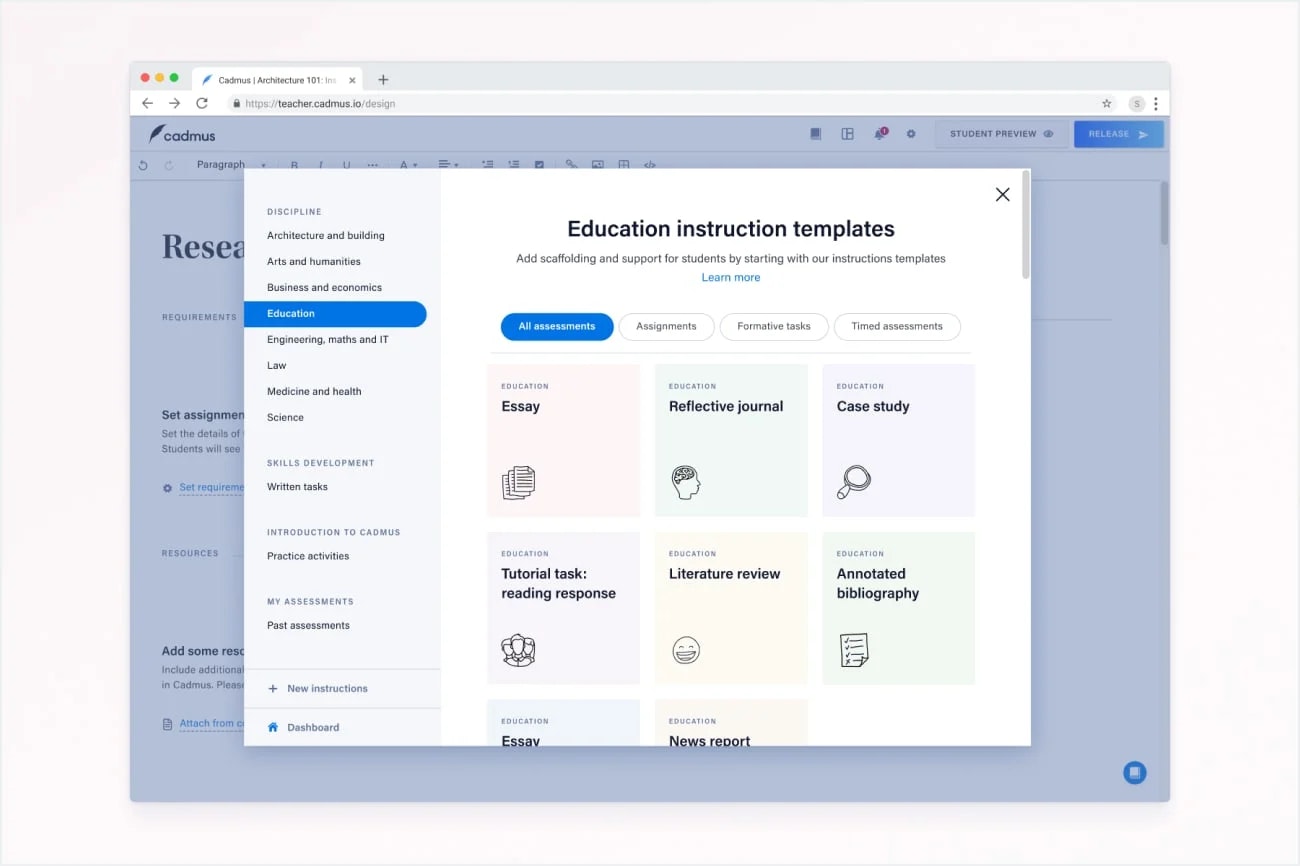
Product
Cadmus templates explained
Our templates are designed to help you create best practice assignment instructions. Learn how you can use them to get the most out of your assessments.
Cadmus

Company
Support at Cadmus
Our Support Team help our users get the most out of using Cadmus. Learn more about how they work and their commitment to continuously improving experiences.
Cadmus

Product
Exam Alternatives
4 benefits of using Cadmus for more than exam alternatives
Make the most of every assessment in your subject. See how valuable Cadmus can be for in-semester tasks — not just exams.
Cadmus

Leadership
Can your technology choices create better online learning spaces?
Most of the learning technologies adopted during the pandemic focus on workflows, not pedagogical improvement. We look at the impact that different types of tools have on university learning.
Brigitte Elliott, Co-CEO, Cadmus
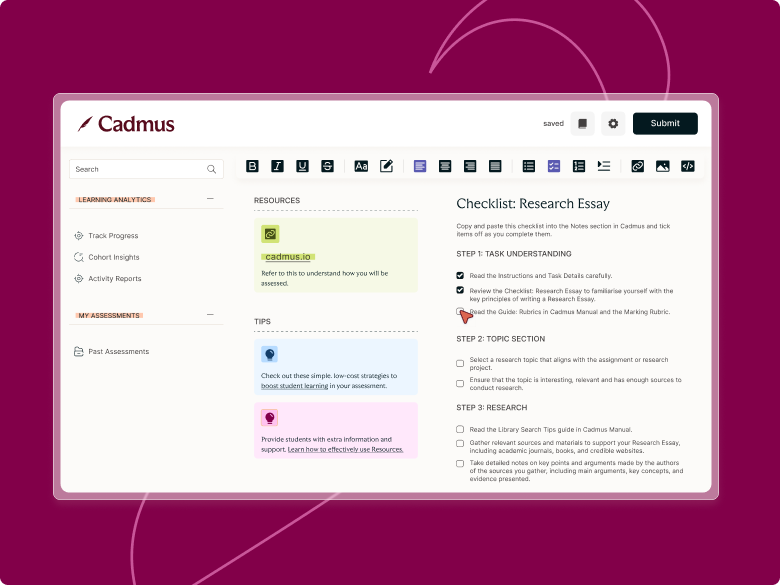
Product
Choosing the right assessment platform
What is an online assessment platform? Which is best for your university? We take a look at assessment platforms and how effectively (or ineffectively) they address your assessment needs.
Cadmus

Assessment Design
Designing assessment templates with Jess Ashman
Learn more about how we create assessment templates for academics. Our Learning Support Manager, Jess, talks us through the process and benefits to teachers and students.
Jess Ashman, Head of Learning (AU), Cadmus

Teaching & Learning
What is assessment for learning?
We go back to basics, breaking down the principles behind assessment for learning and how universities can embed better practices at scale.
Cadmus

Student Success
Student perspectives on online learning
We've taken a deeper look at how students are feeling about online learning, pulling together student feedback across the sector with trends we've seen in Cadmus.
Cadmus

5 features your assessment platform needs to support learning
Assessment platforms need to provide more than just workflow benefits. We break down the functionality you need to help your students learn and succeed.
Cadmus

Leadership
Lessons on privacy, proctoring, and online exams
Despite what these tools may claim, remote invigilation isn’t the only answer to upholding academic integrity online. We share insights from our journey developing a proctor-free assessment platform.
Cadmus

Company
Cadmus joins AWS EdStart
We're excited to announce that Cadmus is a member of the AWS EdStart Accelerator Program, providing us with technical and business support from Amazon.
Cadmus

Product
Introducing Cadmus Insights
Access up-to-date learning analytics from the all new Insights page in Cadmus. Understand student engagement right throughout your assessment.
Cadmus

Teaching & Learning
Prioritising online teaching into China
If you’re an administrator, learning designer, or teacher, you’ll be feeling the pressure of developing online teaching methods to support your students in China. Here are some ways Cadmus can help.
Cadmus

Product
Say hello to the new teacher environment
We've made improvements to the way you create and manage your assessments. Check out what's new in the Teacher Environment.
Cadmus

Teaching & Learning
Academic skills with international students
How are you developing students' academic skills? We've got some practical tips and ideas for supporting students from diverse backgrounds.
Cadmus
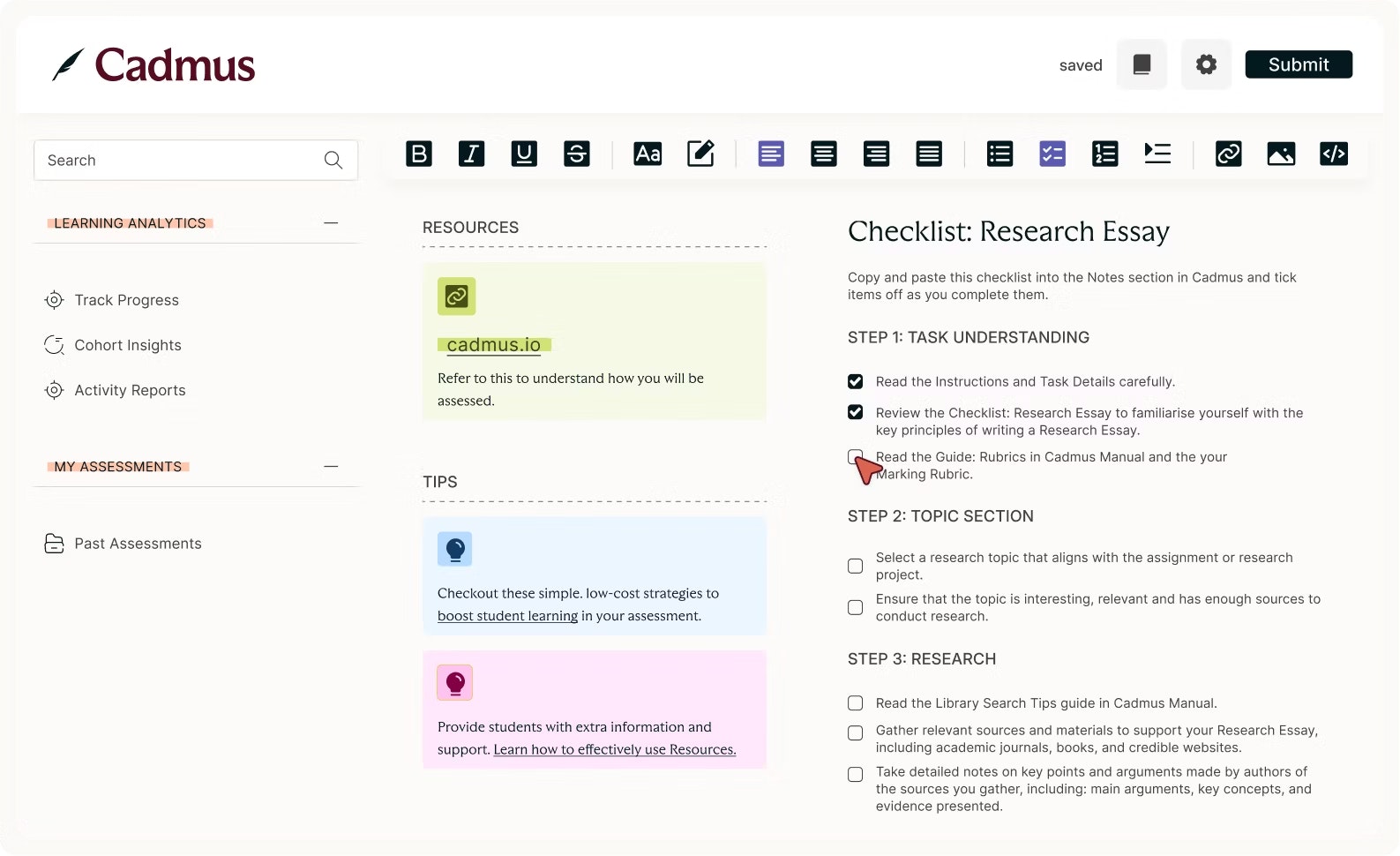
Product
Thinking about using Cadmus?
Don't take our word for it — see what other teachers have to say about using Cadmus in their subjects. They share some tips and advice for fellow teachers.
Cadmus

Assessment Design
3 ways to improve scientific report assessments
Academic Teaching Specialist, Rebecca Hull, shares her experiences and ideas around enhancing the delivery and quality of scientific assessments.
Cadmus
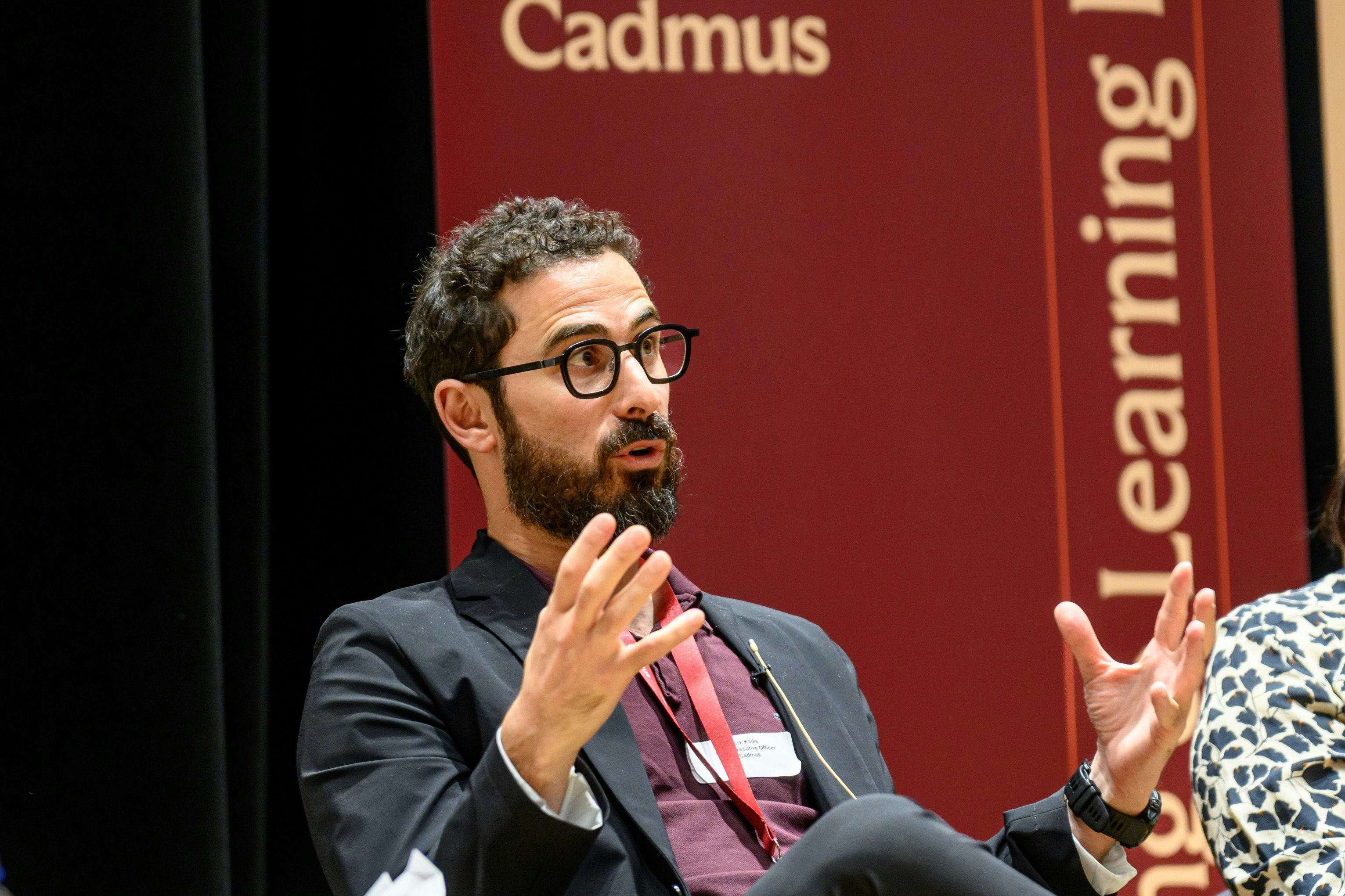
Company
The cost of a flawed approach to academic integrity
Cadmus CEO and Founder, Herk Kailis, discusses the consequences of adopting a punitive attitude towards academic integrity within the higher education sector.
Herk Kailis, Co-CEO + Founder, Cadmus

Teaching & Learning
How can we be more learning-oriented?
We give you an introduction to the ideas behind learning-orientation, including student engagement with feedback and evaluative expertise.
Cadmus
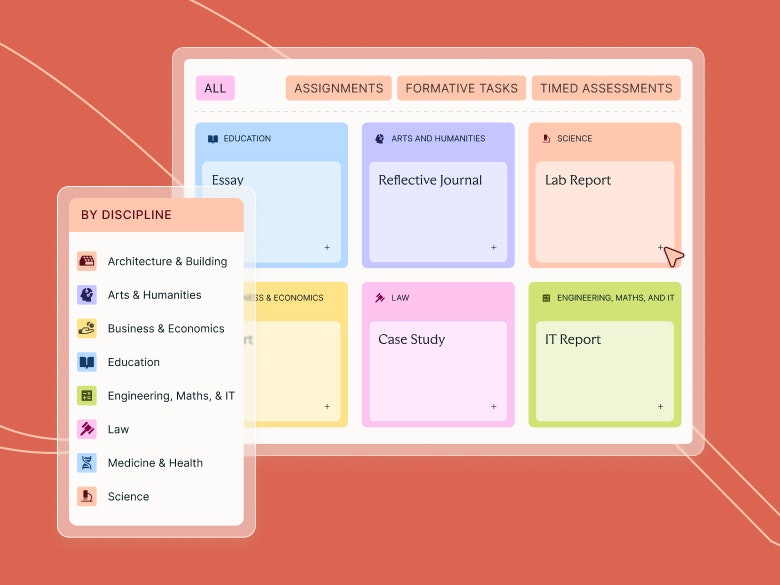
Teaching & Learning
How often do you assess your assessments?
By taking a broader approach to your teaching evaluation you can improve your assessments and empower students to become better learners.
Cadmus

Assessment Design
Can assessment boost student engagement?
Getting students to engage with their learning can be a challenge. Learn how assessment design can motivate students to stay interested and involved.
Cadmus

Assessment Design
Step students through: scaffolded assessment With Cadmus
Scaffolding helps students feel supported through an assessment. By designing a learning journey for students to follow in Cadmus, you can guide them towards successfully completing a task.
Cadmus
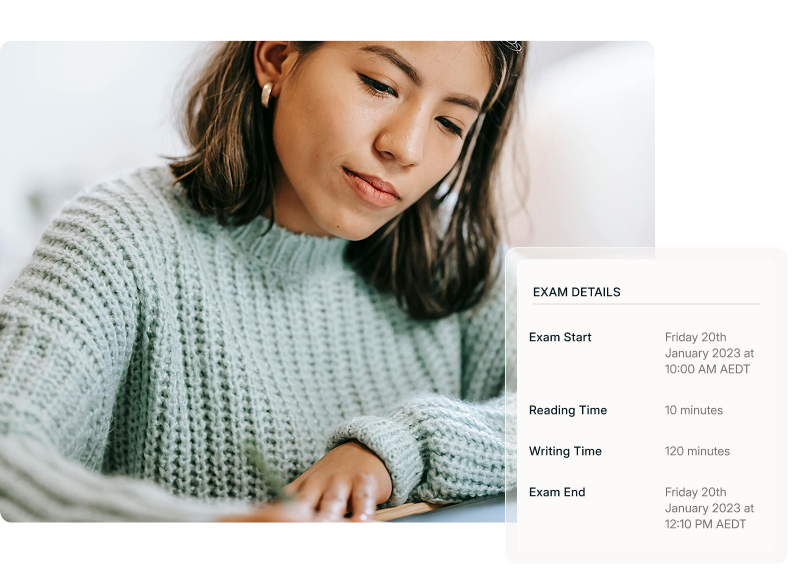
Teaching & Learning
Attitudes towards assessment: moving away from exams
Assessment design shapes student learning. When we place all the focus on an end-of-semester exam, what does that mean for our students?
Cadmus
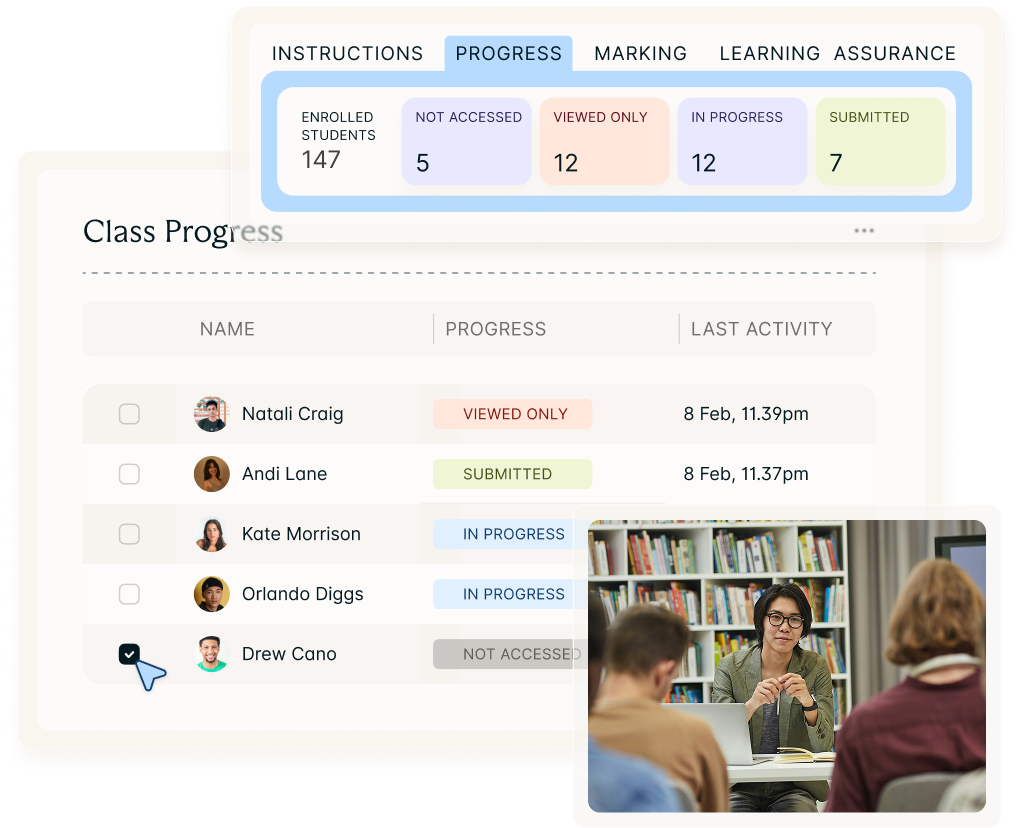
Assessment Design
Using Cadmus to improve your assessments
Moving your existing assignments into Cadmus is a great way to gain insight into how your students are working. See how Cadmus can help you improve your assessments in the long run.
Cadmus

Assessment Design
Summative meets formative: time-limited assessment in Cadmus
Who said summative assessments couldn't be formative, too? Learn how to use Cadmus to create authentic, time-limited assessment pieces for your students.
Cadmus

Assessment Design
Keep students engaged: continuous assessment in Cadmus
Working assessment into tutorials is a great way to facilitate ongoing student engagement. Keep reading to learn how Cadmus can help you achieve this.
Cadmus
Great outcomes start with high-quality assessments
